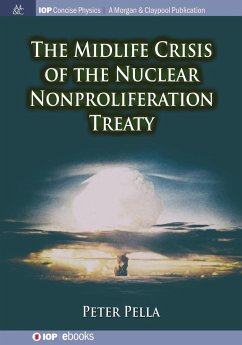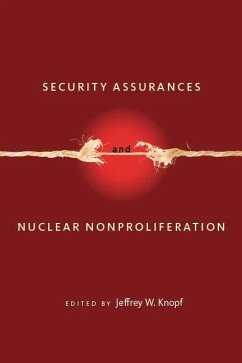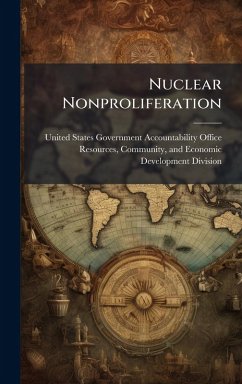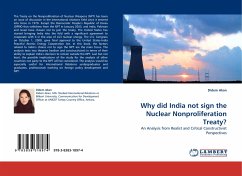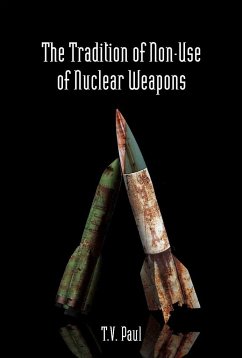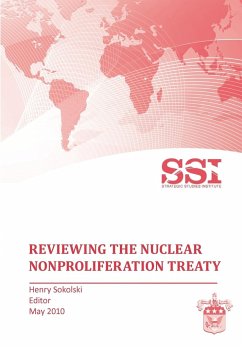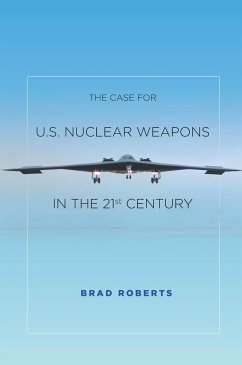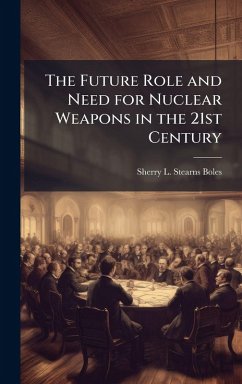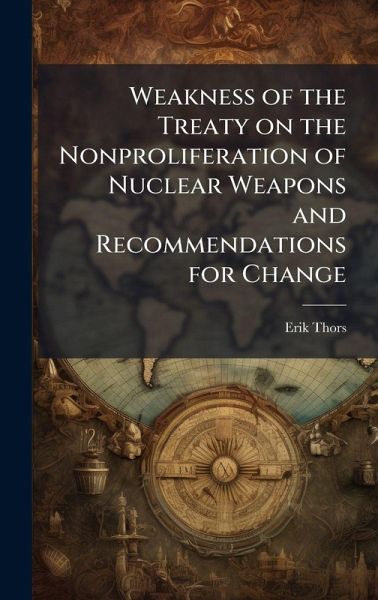
Weakness of the Treaty on the Nonproliferation of Nuclear Weapons and Recommendations for Change
Versandkostenfrei!
Versandfertig in über 4 Wochen
26,99 €
inkl. MwSt.
Weitere Ausgaben:

PAYBACK Punkte
13 °P sammeln!
The end of World War II was the dawn of a new age, the nuclear age. The destructive power delivered by America upon Japan successfully brought an end to the Pacific campaign but a beginning to nuclear power and nations seeking it. Technological advances and the ability to harness nuclear energy spurred a new industry and a global desire for it. The ability to export such an advanced technology and potentially dangerous capability created serious international security concerns. Controlling fissile material and the technology for proliferation became the job of the Nuclear Nonproliferation Trea...
The end of World War II was the dawn of a new age, the nuclear age. The destructive power delivered by America upon Japan successfully brought an end to the Pacific campaign but a beginning to nuclear power and nations seeking it. Technological advances and the ability to harness nuclear energy spurred a new industry and a global desire for it. The ability to export such an advanced technology and potentially dangerous capability created serious international security concerns. Controlling fissile material and the technology for proliferation became the job of the Nuclear Nonproliferation Treaty (NPT) (full treaty in Appendix B). Despite valiant efforts of the treaty and numerous other checks and balances put in place, there currently exists a present danger of nuclear proliferation to terrorist organizations and rogue states. This work has been selected by scholars as being culturally important, and is part of the knowledge base of civilization as we know it. This work was reproduced from the original artifact, and remains as true to the original work as possible. Therefore, you will see the original copyright references, library stamps (as most of these works have been housed in our most important libraries around the world), and other notations in the work. This work is in the public domain in the United States of America, and possibly other nations. Within the United States, you may freely copy and distribute this work, as no entity (individual or corporate) has a copyright on the body of the work. As a reproduction of a historical artifact, this work may contain missing or blurred pages, poor pictures, errant marks, etc. Scholars believe, and we concur, that this work is important enough to be preserved, reproduced, and made generally available to the public. We appreciate your support of the preservation process, and thank you for being an important part of keeping this knowledge alive and relevant.



